How to Grow, Harvest, and Use Fennel for Herb and Medicinal Uses
Herb growing tipsFennel is an interesting plant in the Apiaceae family that is also sometimes known as finocchio. It’s related to parsley, carrots, and dill and can be used as a vegetable, herb, and spice. This annual plant has a subtle licorice-like flavor that is quite delicious and useful for both culinary and medicinal applications. Let’s take a look at how to grow fennel and how you can use it.

Growing Fennel from Seed
Starting fennel from seed is easy and straightforward. You can either sow your seeds directly or start them indoors 4-6 weeks before the last frost to transplant later. Plant the seeds about a quarter-inch deep in well-drained soil, spacing them around 12 inches apart if planting directly in the garden.
Fennel thrives in full sun and needs at least six hours of direct sunlight daily. The soil should be well-drained and rich in organic matter. Water regularly to keep the soil consistently moist but not waterlogged.
Choosing a Location for Fennel
Fennel is an allelopathic plant, which means that it produces chemicals that affect nearby plants, so be careful where you plant fennel. It can stunt the growth of plants in the nightshade family, like tomatoes, peppers, eggplants, and potatoes. Fennel can also pose problems for beans, basil, and cucumbers. To prevent these issues, plant it at least 2-3 feet away from these plants.
Fennel can safely be grown near mint, lettuce, sage, or dill. Since dill is in the same family, cross-pollination is possible. Keep that in mind if you like to save your seeds for next year’s garden.
Some gardeners like to plant fennel near their roses because it attracts ladybugs that eat aphids. It’s also a host plant for swallowtail butterflies and is quite a beautiful plant, so the flower or herb garden might be a better fit for your fennel plants.
Harvesting Fennel
The ideal time to harvest fennel is when the bulbs at its base have grown to the size of a tennis ball and appear white and firm. Simply cut the plant at the base to harvest, and keep the fronds of feathery leaves, too - they are quite delicious!

Using Fennel in the Kitchen
Fennel Bulbs
The bulb has a crisp texture and a mildly sweet flavor reminiscent of anise. It can be thinly sliced and used in salads or roasted to amplify its sweetness. Cooking it in soups or stews is another excellent way to incorporate it into meals.
Fennel Fronds
The fronds can be used as an herb, just like dill or parsley. These feathery leaves add a sweet flavor that is fantastic for garnishing dishes. The fronds can also be chopped and added to salads or used to flavor fish and pasta dishes.
Fennel Seeds
Fennel seeds are often used for pickling vegetables, seasoning sausage, and flavoring bread. They can be used whole or toasted and ground to use as a spice. The sweet, potent flavor enhances breads, soups, vegetables, sauces, and meats.

Medicinal Uses of Fennel
Fennel is often used to make tea for both culinary and medicinal use. To make fennel seed tea, lightly crush 1-2 teaspoons of fennel seeds and steep them in a cup of boiling water for 5-10 minutes and strain. For fresh fennel tea, thinly slice a fennel bulb or fronds and steep in boiling water for about 10 minutes before straining. Add sweeteners, milk, or lemon to taste.
Here are just a few of the health benefits of fennel:
Digestive Aid
Drinking tea made from fennel seeds can aid in digestion and relieve bloating.
Immune System Boost
Fennel is rich in antioxidants, including vitamin C, to support a healthy immune system.
Breath Freshener
Chewing fennel seeds can serve as a natural breath freshener. Since the seeds have natural antimicrobial properties, this can also improve oral hygiene.
Fennel is a valuable addition to any garden, with many uses both indoors and outdoors. Fennel is a delicious vegetable, a useful medicinal herb, and a lovely plant that adds beauty and attracts beneficial pollinators. It is also easy and rewarding to grow. Discover the joys of growing fennel from seed the next time you plant a garden.
Written by Teresa Chandler





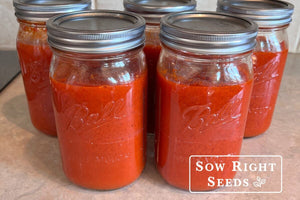
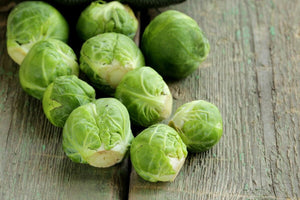
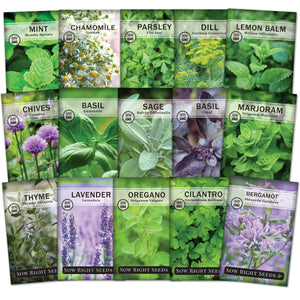
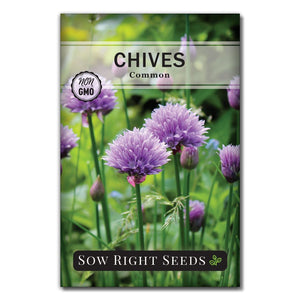
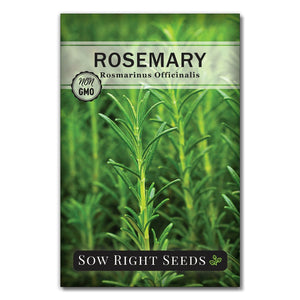
Leave a comment